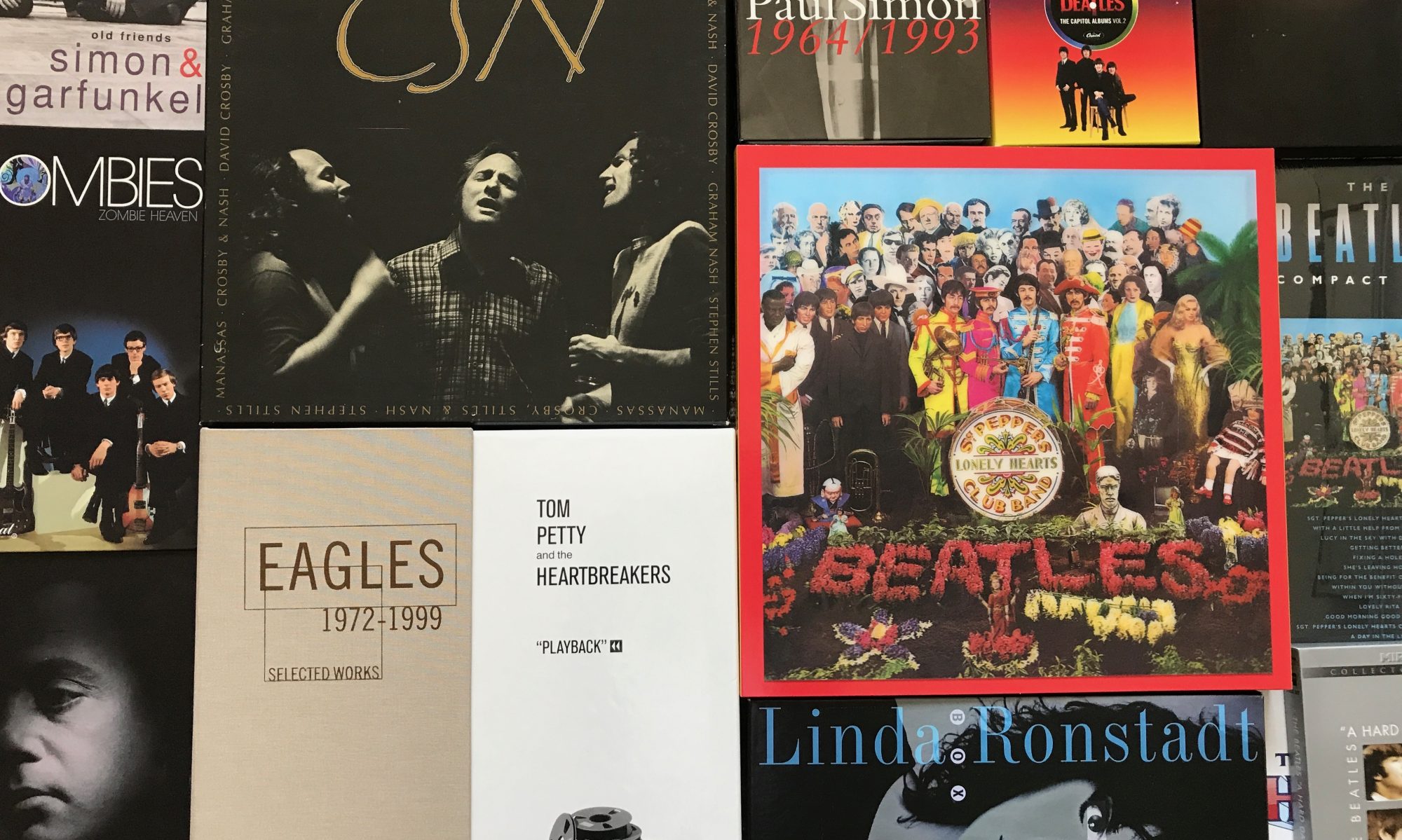Let It Be has some of The Beatles’ best and most popular songs (three #1 singles), and yet it’s not often on the shortlist of the group’s best albums. Why? And why is it that The Beatles released another complete remix of the album years later?
The problem is two-fold. There was a concept that The Beatles would write and record new songs with no overdubs or “studio tricks” for an album to be named Get Back. The second part of the problem was that they were filming everything for a documentary.
It was all unnatural for a group that had become masters of the studio. It would have likely been more fascinating to observe their regular studio work of creating an album, instead of watching them continually rehearsing to try to perfect a single take of each song while preparing for a possible concert. The Beatles also grew tired of the constant invasion of the cameras which hampered them interacting normally.
The whole concept also affected how the proposed Get Back album was put together. Three weeks after filming was finished (the end of January 1969), The Beatles started recording Abbey Road. So, a lot of the work on Get Back was left to engineer Glyn Johns, who also served as producer for much of the album. Johns submitted a mix for possible release in 1969 before Abbey Road.
This version was rejected by The Beatles. To look at the song list, you’d expect it to be good, but Johns had chosen some of the band’s earliest attempts at many of the songs, and the album came off as incomplete and not up to The Beatles’ standards. Glyn Johns made a second attempt at mixing the album in 1970, but other than adding “I Me Mine” (which Paul, George & Ringo had recorded in January of 1970 for the Let It Be film), the result was similar, and another rejection.
The final attempt at putting together a good album in 1970 was to turn over the tapes to producer Phil Spector. He assembled the album as we know it, but the concept that this was somehow a “live” album still affected the decisions that were made.
You can see they said this was a “new phase Beatles album”, and that it had the “freshness of a live performance.” That sort of thinking caused Spector to throw in little bits of studio chatter to kind of give a feeling that the studio songs were somehow live. He also intermixed actual live recordings with the studio recordings on the album’s track list. In addition, Spector went against the album’s original concept by overdubbing orchestration onto some of the songs. There’s certainly a built-in inconsistency as we listen to Let It Be.
In 2003, Paul McCartney put together the album Let It Be…Naked with the approval of George Harrison and Ringo Starr. The songs from the January 1969 Get Back sessions were remixed using the original concept of only having The Beatles and keyboardist Billy Preston on the recordings. The album matched the stated goal, but it wasn’t going to replace versions of the songs that were mostly loved.
I’ve always been really fond of Let It Be, but that’s partly because (like with every album) I made my own playlists. That was on reel-to-reel tapes, then cassettes, then CDs, and now digital playlists. Not only did that save repeated wear to the albums, but all the best songs could be placed together, and the lesser songs omitted. In my review of the 2021 box set, I suggested that the album would have been improved if they had simply given up the idea that “the whole album is live”, and placed the rooftop concert songs together on Side 2.
This version can be made with the songs that were on the original album, plus the “Don’t Let Me Down” rooftop recording from the box set, or the better-edited version from Let It Be…Naked. The flow of the album is greatly improved. Here’s Side 1, broken into two 3-song sets (because of time constraints):
Here’s the Side 2 Rooftop Concert:
If you watched the Get Back documentary, you know The Beatles almost didn’t go up to the roof for that concert. If they hadn’t, there were still enough recordings to put together a studio-only album.
Instead of the rooftop concert, on Side 2, we have the singles of “Get Back” and “Don’t Let Me Down”. The studio version of “One After 909” is from the Anthology 3 collection. Then it gets a little creative, using recordings that were made during rehearsals in January of 1969. This version of “Oh Darling” is extremely different from how McCartney sang it on Abbey Road. It has McCartney and John Lennon duetting on the song with a light charming touch. There’s a friendly feel, like their excellent rapport on “Two Of Us”. The rehearsal of “Oh Darling” has been available on bootlegs for many years. Here’s the latest mix (Billy Preston’s on keyboard), edited from the box set.
The next song is an often bootlegged blues jam from their January rehearsals, ” The Walk”.
And the album ends with the short quirky “Maggie Mae”. It kind of gives the album a “Her Majesty” ending like Abbey Road.
Let It Be may not be the very best Beatles album, but there’s a lot to love.








